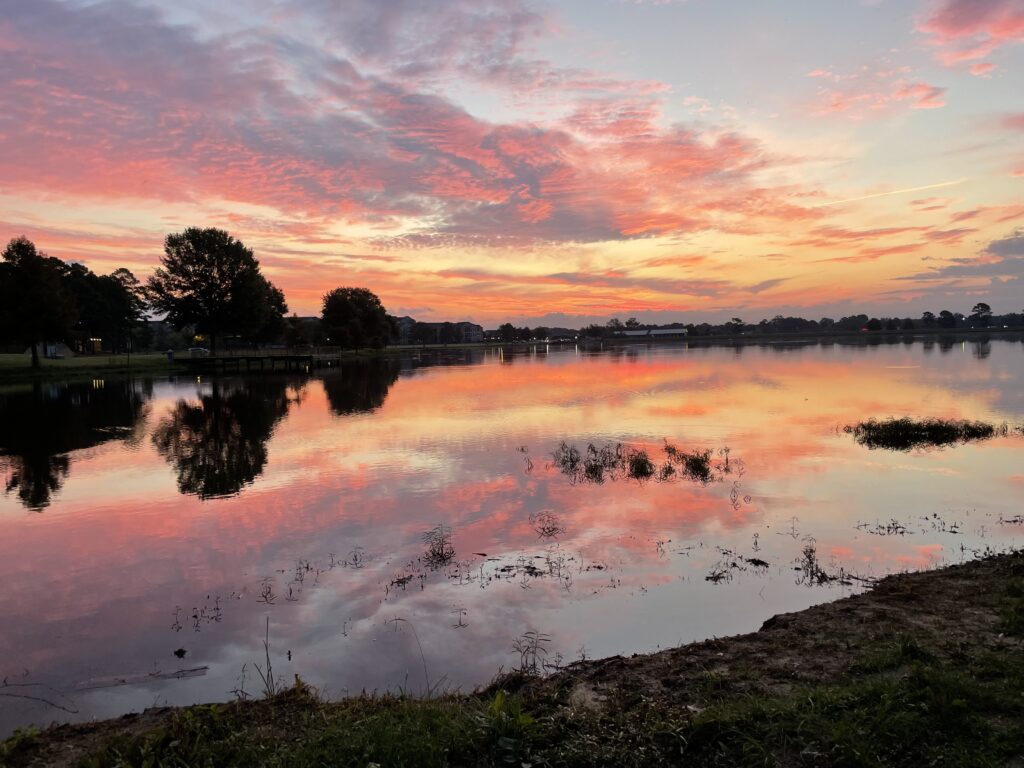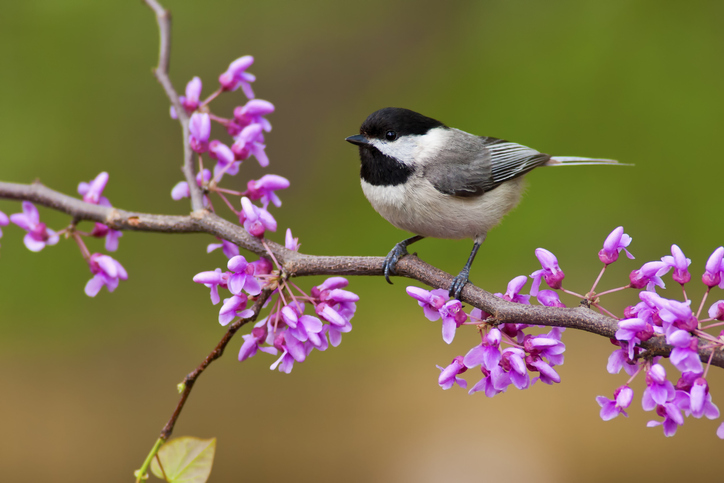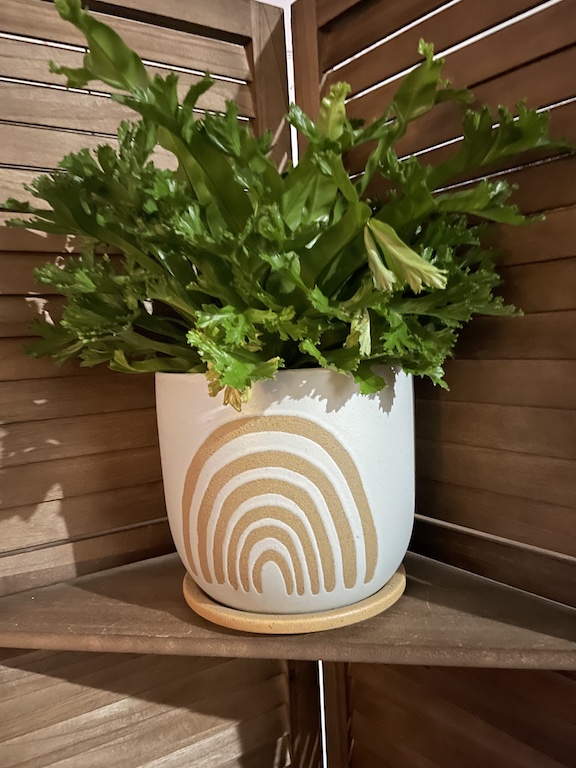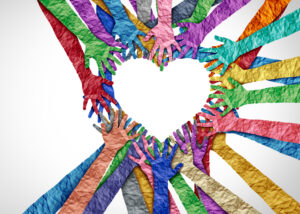In my first post, Walk 20 Blocks and Call Me in the Morning!, I talked about the role that walking played in my healing journey. Initially, I walked in my mom’s neighborhood, and then my friend’s neighborhood. And, once I moved to an apartment, through the apartment complex parking lot. A friend of mine asked if I had visited a nearby park—Lake Willastein. At her recommendation, I started walking there. It was summer, so I got up early in order to avoid the heat. My early start offered me the chance to experience many a gorgeous sunrise on the lake.

Soon I realized that the benefits of walking seemed to be even greater as I walked among the trees in the park, enjoyed the water fowl at the lake, and witnessed the purple, orange and yellow colors of the sky reflecting on the lake. Soon after starting this morning practice, I picked up The Nature Fix by Florence Williams. In it, she cites a study by Yoshifumi Miyazaki in which he discovered that: “leisurely forest walks, compared to urban walks, deliver a 12 percent decrease in cortisol levels.” His research team also “recorded a 7 percent decrease in sympathetic nerve activity, a 1.4 percent decrease in blood pressure, and a 6 percent decrease in heart rate.”
That resonated with me. The change from walking in the neighborhoods to walking around the lake felt like doubling the dose of medication I had been taking to heal from past traumas.… Read the full post “A Change of Venue”



